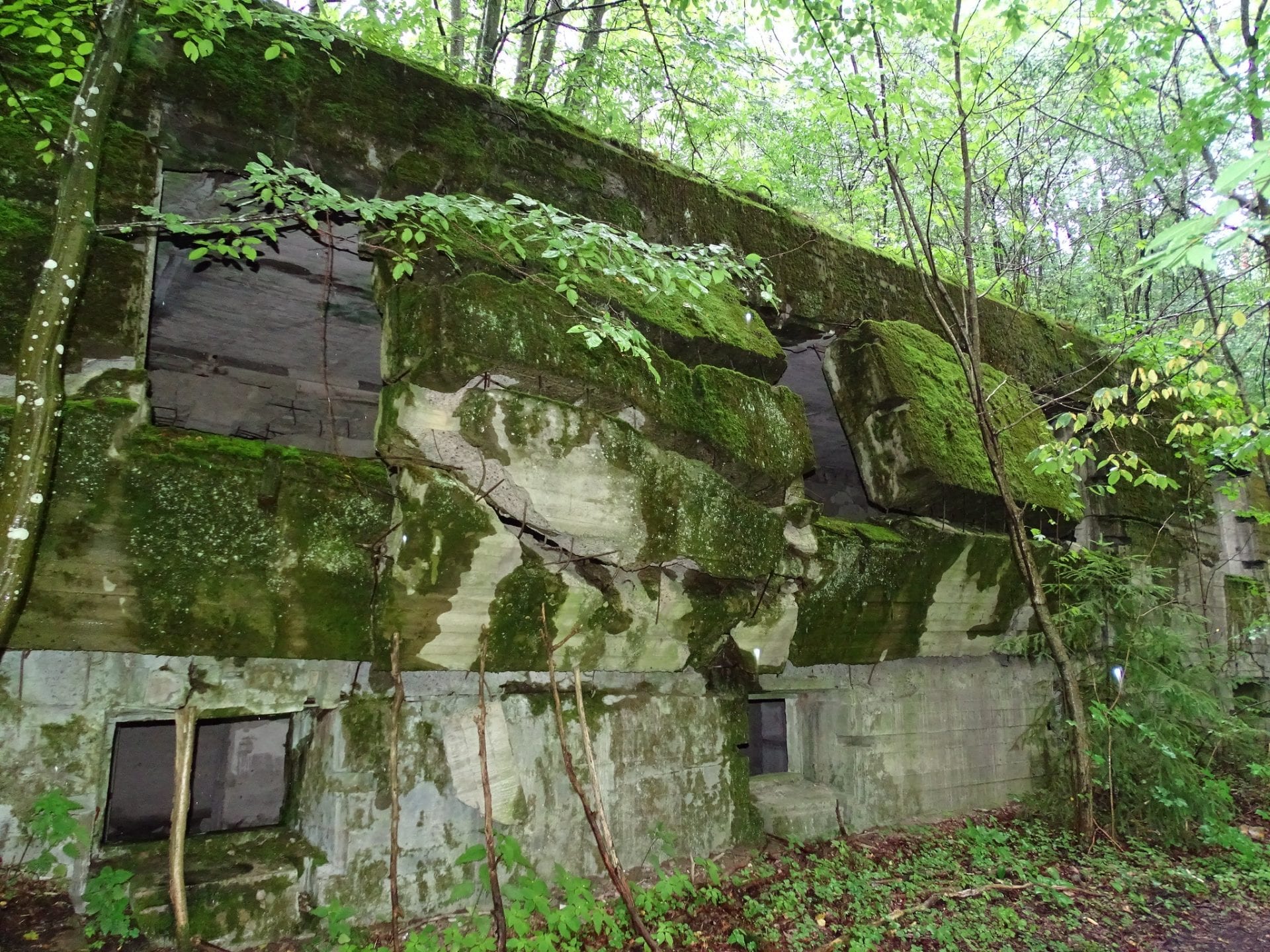Researchers at the Wolf’s Lair, Hitler’s military headquarters located in the Masurian woods, Poland have made several new discoveries.
The Wolf’s Lair was Adolf Hitler’s first Eastern Front military headquarters, constructed in WW2 for the start of Operation Barbarossa, the invasion of the Soviet Union in 1941.
In July 1944, an attempt was made to kill Hitler by a group of acting and retired Heer officers at the site, which became known as the 20 July plot.
Exploration works have been carried out for several months by the Laterba Foundation from Gdańsk, with the consent of the State Forests and the Provincial Conservator of Monuments in Olsztyn.
Zenon Piotrowicz, the forest inspector of the Srokowo forest division said: “We were convinced that for decades the area had been extensively dug and thought that there would be no more discoveries left to find.”
In recent weeks, researchers have recovered several armoured doors, the stairs to Hitler’s barracks and the doors to protect against chemical attack from two bunkers, including Hitler’s personal bunker. Also, from Hitler’s bunker, the researchers found many smaller items that include the water fittings, boiler, pipes, taps, and sinks.
One notable discovery is a stone engraved with the Fuerher’s escort battalion and a painted flag. “The discovery allows us to determine what barracks they lived in and how the unit was marked. It is also necessary to find a context for displaying the find so that it can be presented as a historical fact, without promoting a criminal ideology” – said Zenon Piotrowicz.
PAP
Header Image Credit : Andrzej Otrębski







